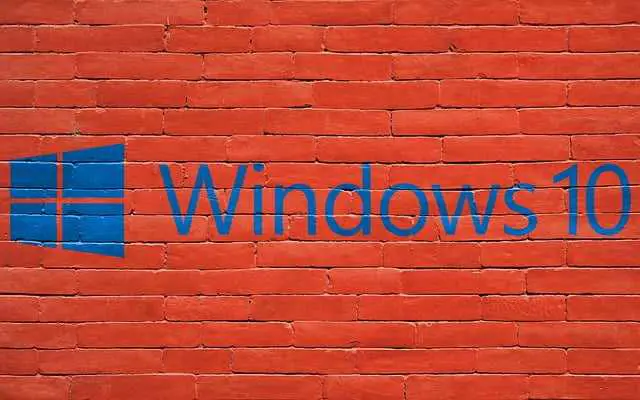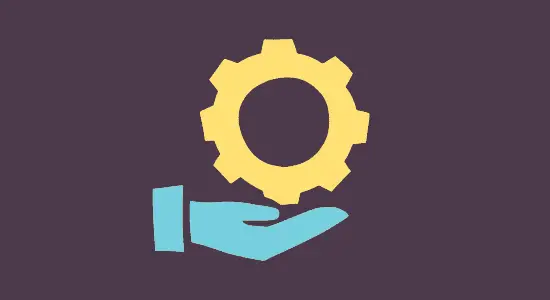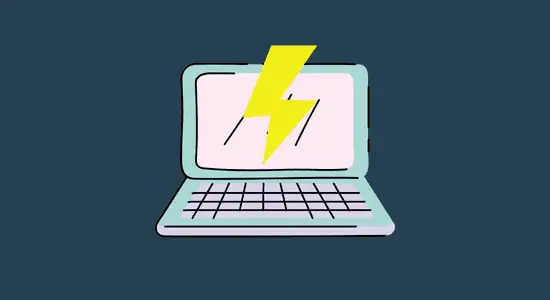Table of Contents Show
Reasons to upgrade from windows 7, 8 and 8.1 to Windows10
In this article I am going to show you how to upgrade windows 7 to windows10. Windows10 has been out for a while now and many people are still on Windows 7 or 8.1. I am not one of those people. I upgraded to Windows 10 as soon as it was available.
Here are my reasons why you should upgrade to Windows 10:
1) Windows10 is faster and more reliable than previous versions of Windows.
2) The Start Menu is back! And it’s better than ever.
3) Microsoft has made some great improvements to the Edge browser.
4) Cortana is a great virtual assistant, and she can do a lot of things that other virtual assistant can’t do.
5) There are a lot of great new features in Windows 10 that you won’t find in other versions.
Preparing your computer for the Windows 10 upgrade
If you’re thinking about upgrading from Windows 7 or 8, there are a few things you need to do first.
Here’s how to prepare your computer for the upgrade and make sure it goes smoothly:
1. Make sure you have the latest version of Windows installed. If not, go update it now.
2. Back up your important files first. You can either use Windows Backup or another backup program. This is always a good idea, of course, but especially before an upgrade. You never know what might happen during the installation process.
3. Go through your programs and remove any apps you don’t use.
4. Update your software. Make sure all of your programs are up-to-date and ready for the big change.
5. Disable any unnecessary services in your system.
6. Update all of the programs on your computer.
7. Run a virus checker on your computer to make sure no viruses have been installed during the upgrade process.
System requirements for Windows 10
You must meet the minimum requirement to upgrade to Windows 10 from an older version. Here’s what you need to know before upgrading:
- Processor: 1GHz or faster processor or System on a Chip (SoC)
- RAM: 1 GB minimum for 32-bit or 2 GB for 64-bit
- Hard disk: 16 GB for 32-bit operating system or recommend 20 GB for 64-bit operating system
- Video Graphics card: DirectX 9 or later with WDDM 1.0 driver
- Display: Minimum of 800 x 600 display resolution.
How can I still get a free Windows10 upgrade without a key?
Microsoft will offer the latest version of its operating system to eligible PCs running Windows 7, 8 and 8.1 that are set to automatically update, as long as they have met several conditions including being connected to the Internet.
The company will also offer upgrades to PCs that have exceeded their expiration date. To get an upgrade without a key, you’ll need to have Windows 7 or 8 installed on your PC and be running the latest version of Windows10 available through the Windows Update service.
How to upgrade windows 7 to windows10 for free
It is free for anyone to upgrade from Windows 7 or 8.1. The upgrade is available as a download from Microsoft’s website. Once you have downloaded the file, run it to start the installation process. The upgrade will begin automatically, and you can also choose to upgrade manually. For Windows 7, an in-place upgrade is available for users who have not yet installed Windows 10. This is a fast, simple way to move from Windows 7 to Windows10.
 However, it requires a compatible system. For Windows 7 and 8, you can perform an in-place upgrade from within the operating system.
However, it requires a compatible system. For Windows 7 and 8, you can perform an in-place upgrade from within the operating system.
To get started, navigate to Settings > Update & security > Windows Update and select Check for updates. If you see the Windows 10 upgrade icon, select it. If you do not see this icon, your PC must be set to receive updates automatically.
What to do before the upgrading
There are a few things you should do before upgrading your operating system. First, activate Windows on your computer. You can do this by clicking on the Start menu and typing “activate windows” or “activate settings” into the search bar and then follow the instructions for activation.
If you don’t activate it, you may not be able to use all of its features. You should also back up your data to an external hard drive or cloud storage service. This will protect your data in case something goes wrong with the upgrade process. Finally, how to upgrade windows 7 to windows10 is simple steps but make sure your computer meets the minimum requirements for running the newer version as stated before.
What to do after you upgrade
After upgrading from Windows 7 or 8.1, you may be wondering what to do next. One option is to use the Windows Media Creation Tool to create a USB or DVD drive with the installation files. This tool can also be used to upgrade your current version of Windows 10. You can also install the latest version of Windows 10 from a USB drive or DVD.
This will let you start using Windows 10 right away. However, if you want to keep your files and settings, this is not the best option. You can use a recovery drive, which has all of your files and settings on it. This will let you restore your computer to its factory condition in case something goes wrong.
How to Create a Recovery Drive
If you have the media creation tool downloaded, you can create a recovery drive. Follow these steps:
Start your computer and select the Start button. Select the Settings menu. Select Update & security. Select Recovery from the left. Select Create a recovery drive from the options that appear. Enter your product key, if it asks you and if you have one. The Windows 10 media creation tool will start downloading and then install itself on your computer.
Once it is installed, it will begin creating your recovery drive for you. After the download is complete, select the Create a recovery drive button. You may be asked for your product key if you have one. If so, enter it and click Next. The tool will then begin creating your recovery drive for you. Just follow the screen instructions.
What to do if you encounter problems during or after the upgrade
If you are experiencing problems during or after the upgrade, there are a number of things that you can do to try and fix them. The first thing you should do is head over to the Microsoft support website and search for the specific problem that you are having.
There are a number of articles and help topics available on the site, and chances are someone has already had the same issue as you and found a solution. If you can’t find an answer on the Microsoft support website, try searching for it on Google or another search engine. There are also a number of forums online where people discuss various tech issues, so it’s worth checking those out as well.
FAQ:
What is the End of Support date for Windows 7?
The End of Support Date (EOSD) is a specific date on which a version or feature added to the operating system will no longer be supported. This can vary depending on the software, hardware and locale settings. Do not upgrade your computer unless you need to use certain features.
What’s the difference between End of Life and End of Service?
Microsoft ended support for old operating systems (business, consumer and home editions) starting with security updates. Newer version is now available as a free upgrade to consumers, replaces all previous versions.
Should I upgrade to Windows10?
If you’re running a desktop or laptop computer, the answer is probably “Yes”. Windows 8 was released with a lot of hype about it being the best version of Microsoft’s operating system since XP. But in reality, it didn’t differ all that much from Vista. They did make some big changes once they were released into general use, but most users are still able to run their older software without problem on either one.
Conclusion
I hope this article guided you on how to upgrade windows 7 to windows10 or from old version to new version. It is more user friendly and more efficient.
After following these steps, you will have successfully upgraded your operating system. You should now be able to use the latest operating system with all of your favorite programs and features intact.












